Some stories are so powerful and extraordinary they must be shared. And today’s podcast guest is no exception… Vegan Geoff Palmer takes us on his journey from tragedy to enlightenment.

A veteran vegan of 35 years, Geoff Palmer, is natural bodybuilding and physique masters champion. He’s the owner of Clean Machine, plant-based fitness nutrition, vegan patent holder, and NEXTY winner for best supplement of the year in 2016 and 2018.
Geoff is also an author, national lecturer, and was selected number 40 of the top 100 most influential vegans by plant-based news.
Geoff created the first 100% vegan bodybuilding competition in the world. And on top of that, his company, Clean Machine, donates 10% of sales every quarter to organizations that promote a plant based lifestyle.
His accomplishments are impressive. But it is the incredible story of his journey from tragedy to enlightenment that will leave listeners inspired.
 Including, how & why Geoff became a vegan 35 years ago. The life events and tremendous amount of suffering that sent him looking for change. And how from that experience, Geoff gave away his possessions, traveled to 48 countries, and the journey that led him to where he is today.
Including, how & why Geoff became a vegan 35 years ago. The life events and tremendous amount of suffering that sent him looking for change. And how from that experience, Geoff gave away his possessions, traveled to 48 countries, and the journey that led him to where he is today.
While his story is sure to inspire, it is Geoff and my discussion about the importance of being open to the world around you, and how to release patterns in your life that hold you back that will empower you to take action in your life.
We also discuss benefits of supplements, including why they are beneficial to our diets. As well as, the part that permaculture, biodynamic farming, and veganic farming play in it.
This is a conversation not to be missed.
Be sure to stick around for the light-hearted, and fun, Sprint Round at the end of the episode where I ask Geoff five questions and Geoff answers with whatever comes to mind.
Maya Angelou said, “Do the best you can until you know better then when you know better, do better.” Geoff Palmer helps people both know better and then know how to do better.
LISTEN/WATCH
Subscribe: Apple Podcast | Stitcher | Spotify | YouTube
MENTIONED IN THIS EPISODE
https://cleanmachineonline.com/
https://www.facebook.com/geoff.palmer.351
https://www.instagram.com/cleanmachinefit/
CONNECT WITH US!
Grab the valuable gift we have for you HERE.

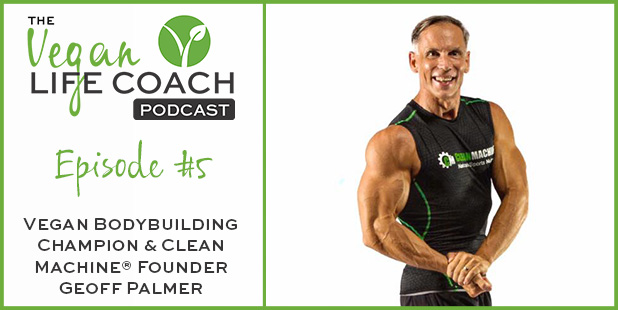
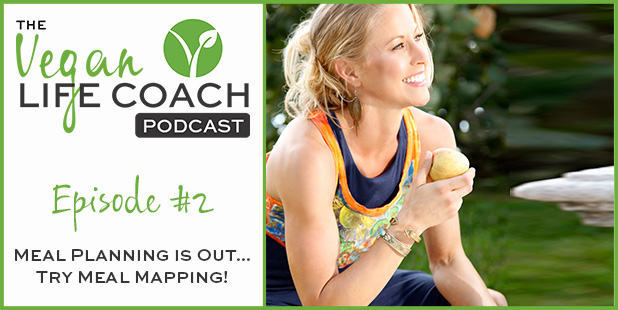






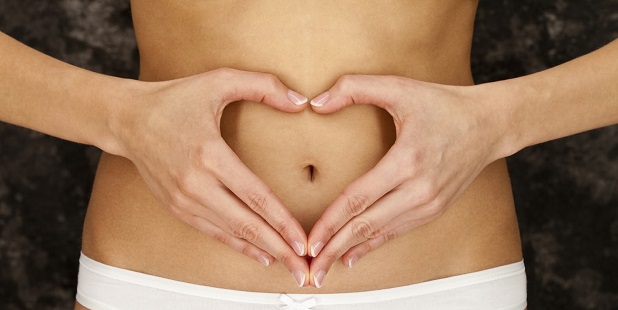
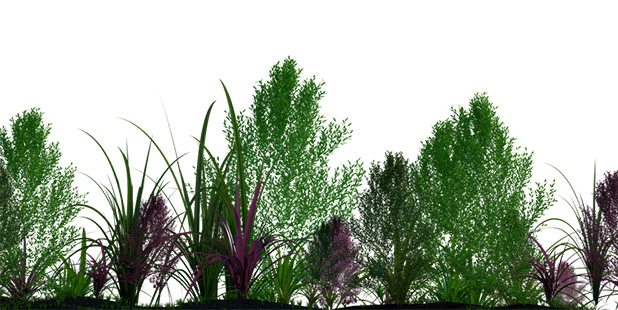
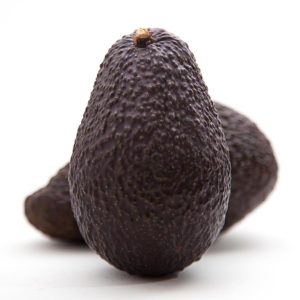
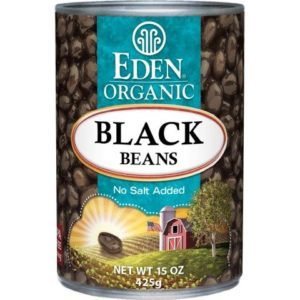


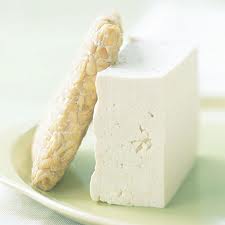
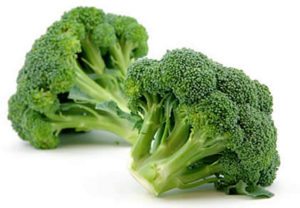
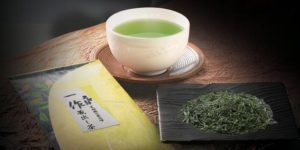

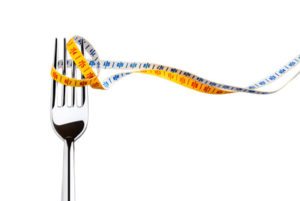

 3. Snack wisely
3. Snack wisely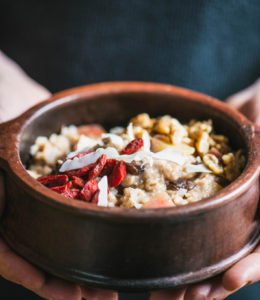 5. Embrace the oatmeal
5. Embrace the oatmeal
 10. Mindful munchies
10. Mindful munchies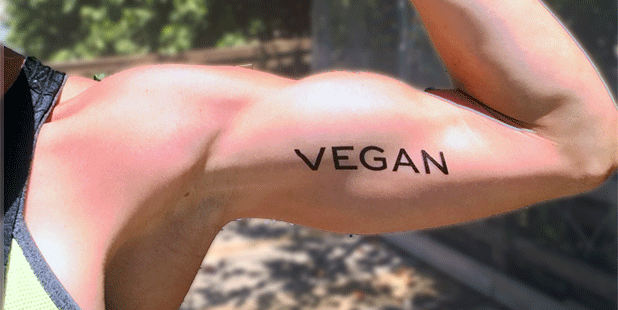
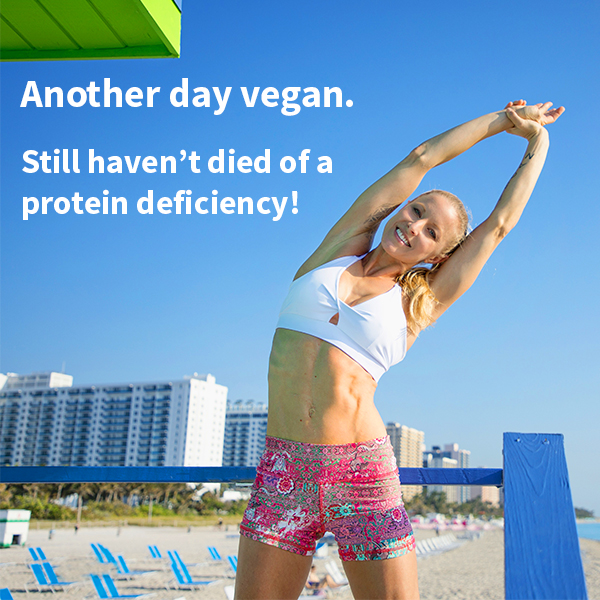 ‘m in the line at Whole Foods, and the lady behind me asks, “Wow, I want to know what you do to have legs like that!” I reply, “Well thank you! Besides kickboxing & the variety of workouts I do, I am vegan and eat a plant exclusive diet which keeps me in the best possible shape!”
‘m in the line at Whole Foods, and the lady behind me asks, “Wow, I want to know what you do to have legs like that!” I reply, “Well thank you! Besides kickboxing & the variety of workouts I do, I am vegan and eat a plant exclusive diet which keeps me in the best possible shape!”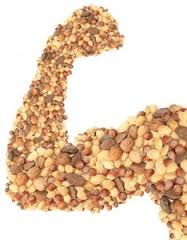


 There’s also a product I started to use just recently that has made a noticeable difference in my performance while working out. I’m always skeptical with all types of supplements, but after doing the research, and listening to the doctor who formulated it speak, I am convinced it’s the “real deal.”
There’s also a product I started to use just recently that has made a noticeable difference in my performance while working out. I’m always skeptical with all types of supplements, but after doing the research, and listening to the doctor who formulated it speak, I am convinced it’s the “real deal.”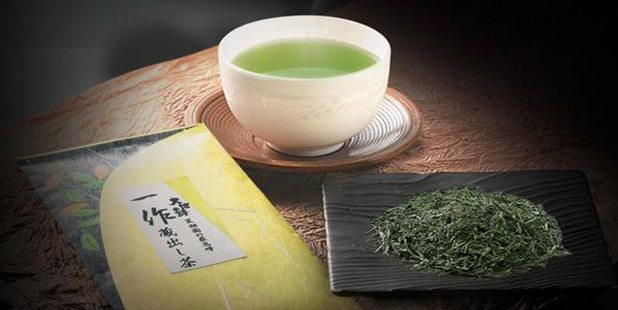

 Thanks to a Western diet full of processed, chemically altered foods, and other generally nasty stuff found in our food, many people turn to supplements as a way to consume whatever vitamin or mineral they are lacking in. With the rise of popularity in drinking green tea, it’s no surprise green tea supplements have become popular too. Specifically, ‘green tea extracts’.
Thanks to a Western diet full of processed, chemically altered foods, and other generally nasty stuff found in our food, many people turn to supplements as a way to consume whatever vitamin or mineral they are lacking in. With the rise of popularity in drinking green tea, it’s no surprise green tea supplements have become popular too. Specifically, ‘green tea extracts’.